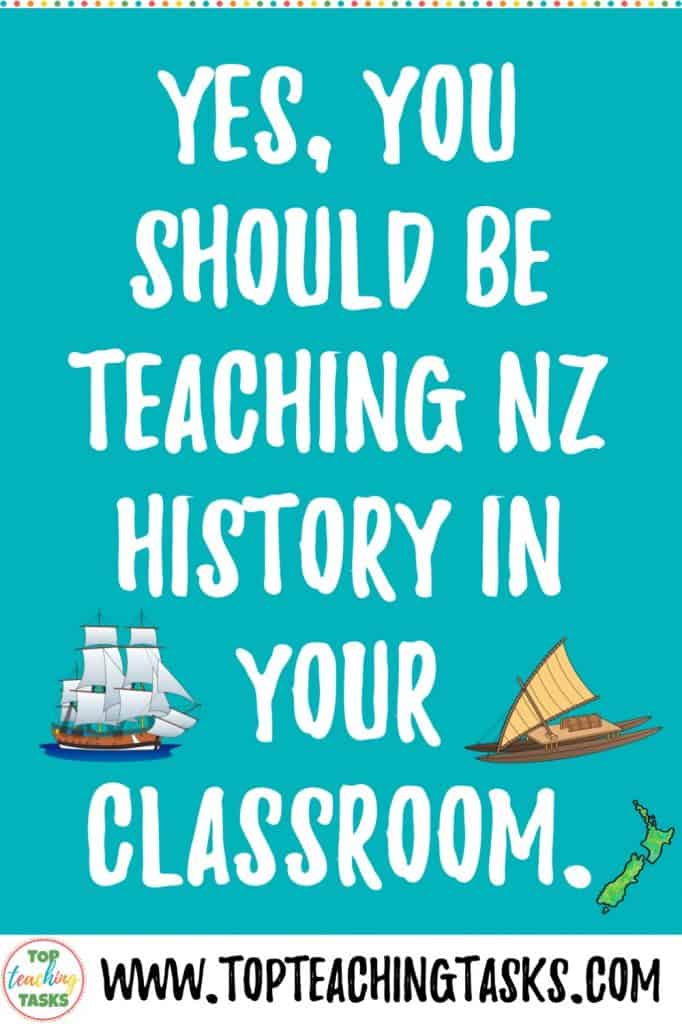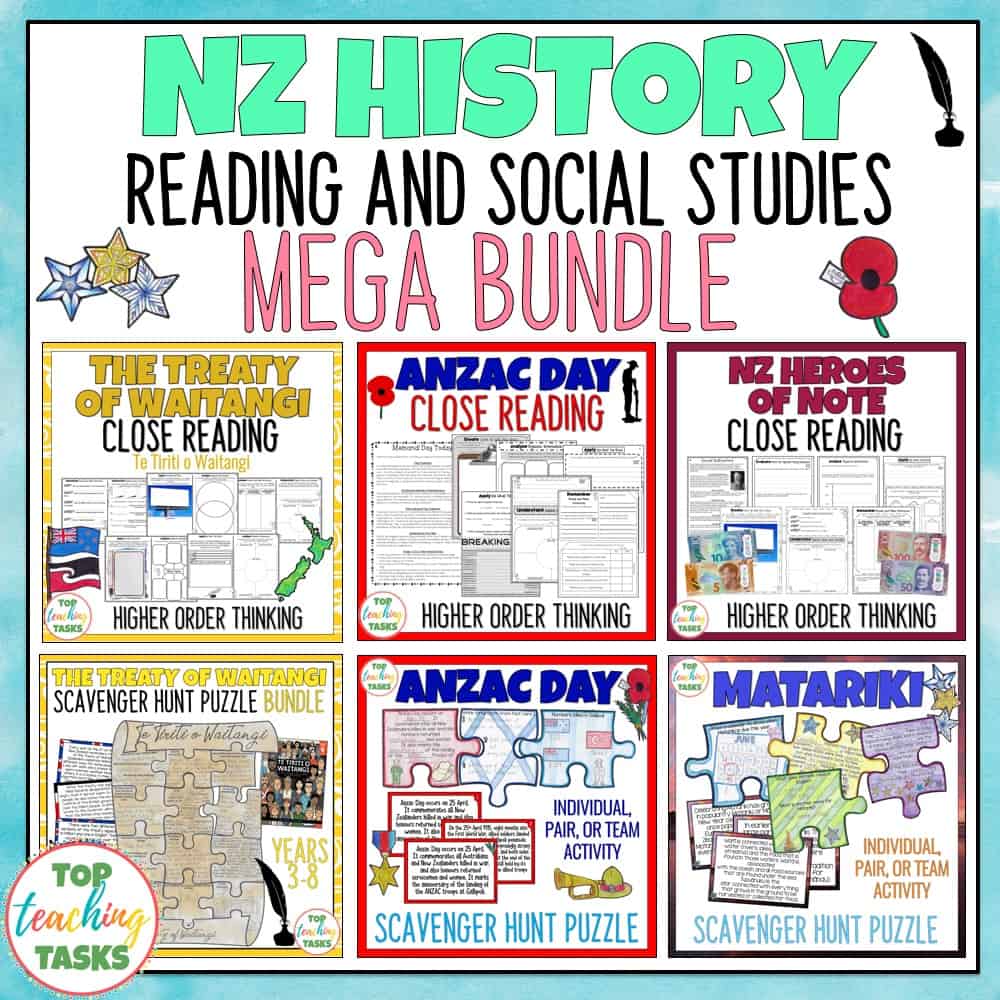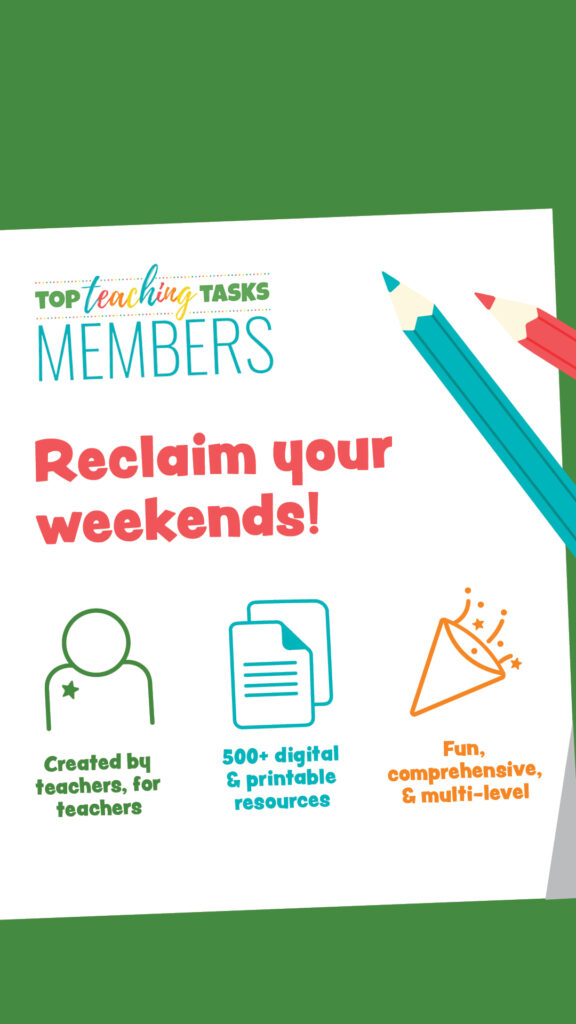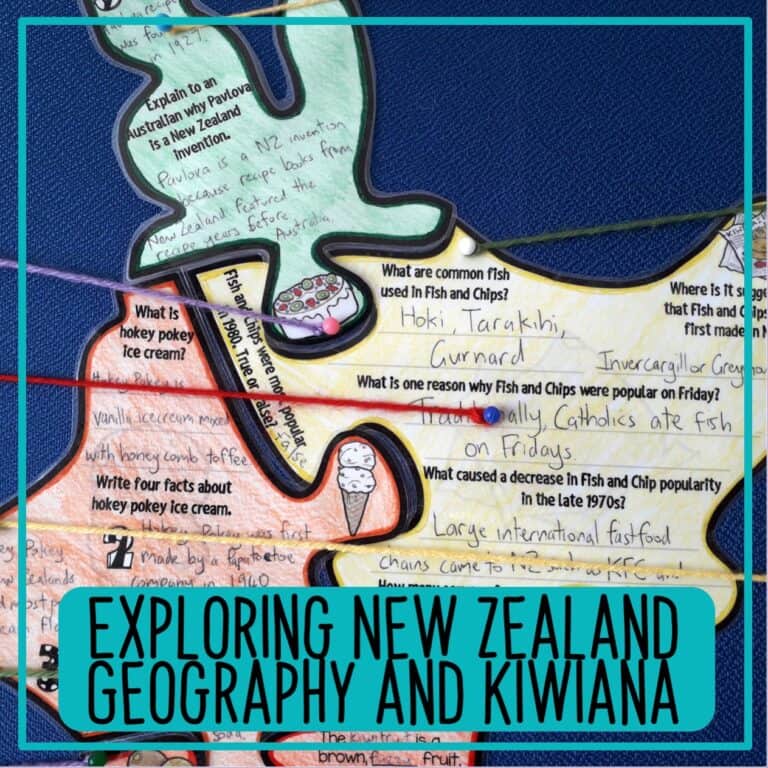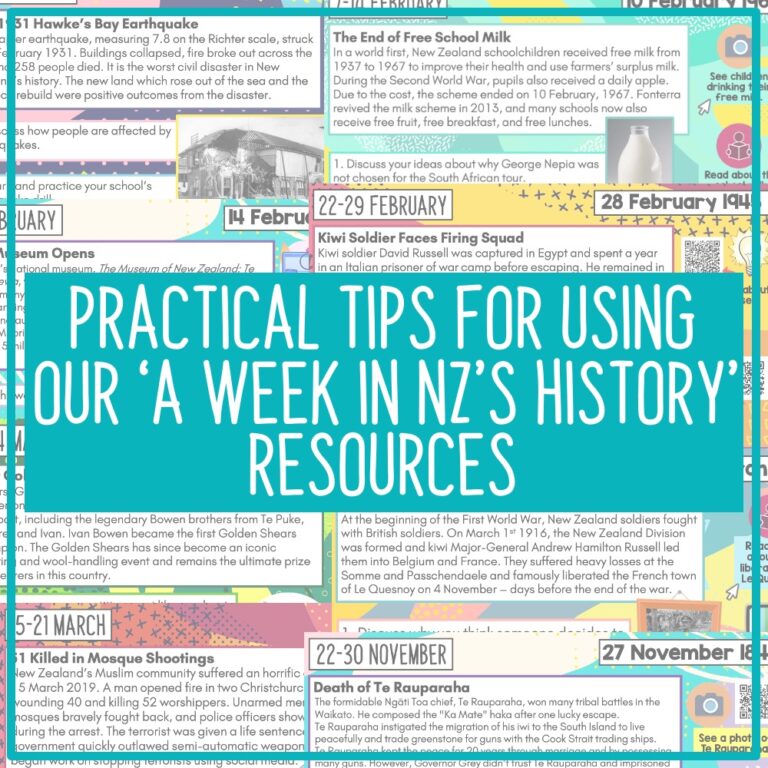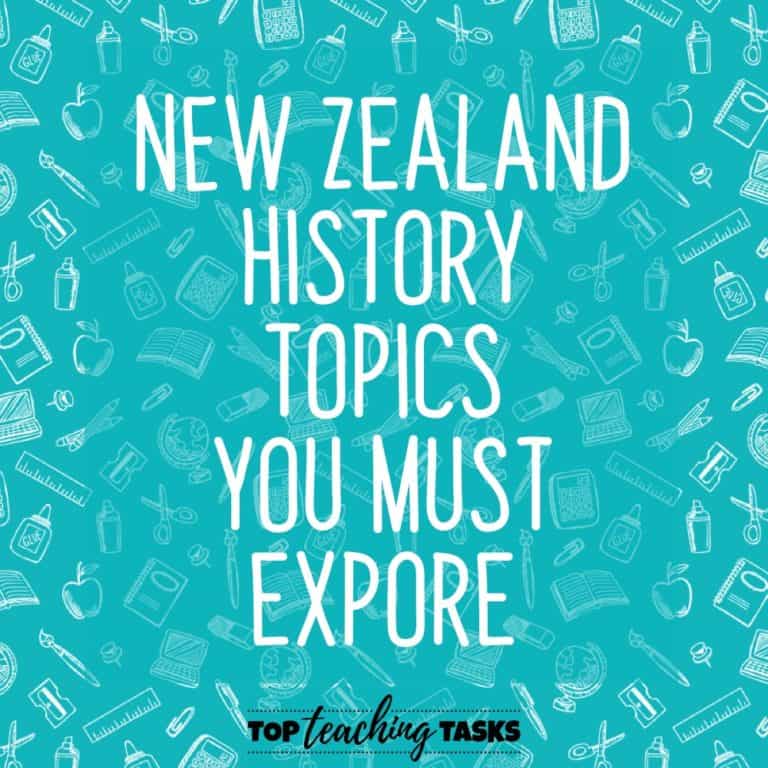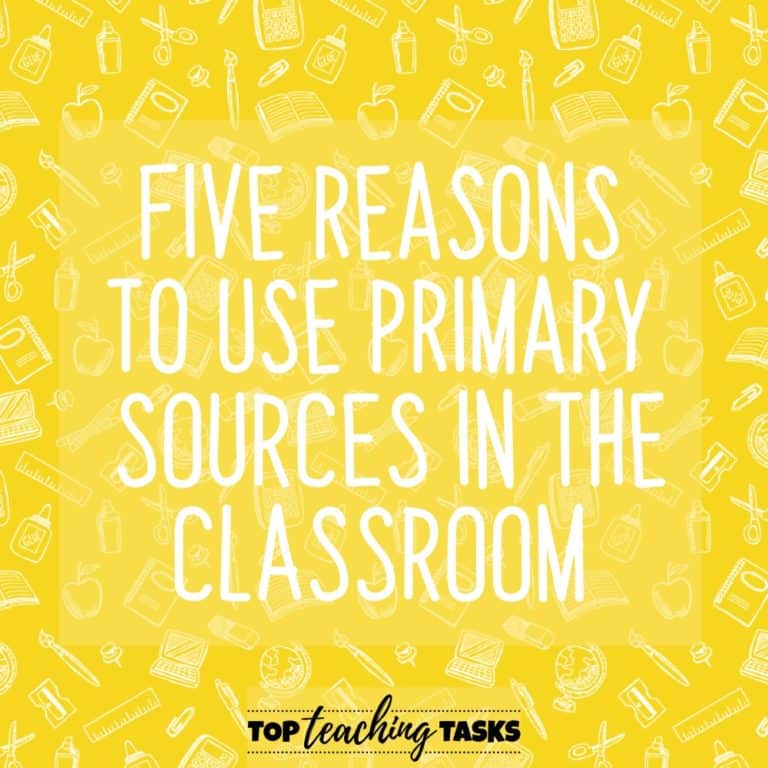Teaching New Zealand History
Yes, you should be teaching New Zealand History in your classroom! Now that we’ve got that sorted, let me explain four reasons why.
1. Students Need To Know Their Past (and Not Just Some of It)
We’ve all heard the classic quote from Edmund Burke, “Those who don’t know history are destined to repeat it”. Quotes don’t become classics like that without at least some element of truth to them.
Chairman of the New Zealand History Association of New Zealand, Graeme Ball, launched a petition on Waitangi Day 2019 calling for the government to “give young people their history.”
“New Zealand’s colonial history was taught in an ‘ad hoc’ fashion, and students were lucky if they learned about Parihaka, the New Zealand Land Wars, or the Waitangi Tribunal.”
He’s not wrong! Currently, a student could, unfortunately, get to the end of their Primary education without ever learning about important parts of New Zealand history such as Parihaka, the reality of the conflict between Māori and Captain Cook, or the differences between the Māori and European versions of Te Tiriti o Waitangi.
Thankfully, the Aotearoa New Zealand Histories Curriculum has now been launched. All schools will need to teach New Zealand history from 2023 – fantastic news!
Still need to be convinced? Check out this video:
When a group of students were asked why they could name Sir Edmund Hillary but not Sir Apirana Ngata, they responded, “Because we learnt about him at school.” What history are you teaching, and what important history is NOT being taught? Something to ponder…
It comes down to a choice from individual schools, teams and teachers to take up the responsibility of teaching the breadth of New Zealand’s history to our children. Are you a teacher? Yes, you should be teaching New Zealand’s history (and not just some of it).

A wonderful tool I have recently found to help students learn more about New Zealand History is The Aotearoa History Show.
This video series from Radio New Zealand “travels all the way through from 100 million years ago to the modern-day, capturing the highlights of our nation’s story.”
See one of their videos below:
2. Learning History Helps Develop Critical Thinking Skills
Critical thinking is an important 21st-century skill and it is vital that students are learning this. In our Internet age of fake news and the ability for anyone to publish a website, it is crucial that we teach students to take a critical eye to what they read and are presented with. Why not take a critical look at history with your students: who is telling the story, and whose story is told?
For example, the Tuia 250 New Zealand-wide event took place in October 2019, commemorating 250 years since Captain Cook met with Māori in what is now known as Gisborne. This meeting of Māori and Europeans has been widely documented throughout history, however, it is important to note a) who is telling the story, and b) whose story is being told.
If you look at the Captain Cook Society’s list of Captain Cook’s biography, it states that on the 8th of October 1769, “James Cook anchored the bark Endeavour in Poverty Bay which he originally named as Endeavour Bay”, and on the 9th of October, 1769, “James Cook, Joseph Banks and Daniel Solander went ashore at the future site of Gisborne.” If you took this account of these events at face value, you would assume this was a successful discovery of New Zealand and a largely uneventful couple of day. However, this account of history fails to mention that Cook’s crew were met by Māori, engaged in conflict and murdered prominent Maāori leaders over these two days. Quite a lot of information to conveniently leave out!
When teaching history, you open students eyes to how history is recorded, who records history, and why critical thinking is so important when looking at the past.
3. History is a chance to use Primary Sources
As Melina from Galarious Goods wrote in a guest post for us, 5 Reasons to use Primary Sources in the Classroom, “Primary sources carry a heavy reputation with them, conjuring ideas of dusty bookshelves, high school or university classes and translating from some ancient language. But primary sources are so much more than that – and can be a valuable tool for us to use in the classroom”.
Primary sources:
- Bring history and historical events alive
- Show students that we can learn from a variety of sources
- Are often at the core of our countries
- Are accessible
- Help students understand that we are creating history right now.
Click here to read more about each of these points.
Melina also writes about this more in the blog post “Using Primary Sources in the Classroom when Exploring Anzac Day.”
4. Integrate History and Literacy
One of the complaints that we hear about teaching is that it can be hard to fit everything into such a crowded curriculum. Trust me, I’ve been there. I get it. There is a lot to cover, and in the case of the New Zealand Curriculum, much of it is very broad. One of the great things about teaching history is how easily it can be integrated into your literacy program.
Give students context with the reading texts you provide by integrating your reading texts within the context of your history, social studies, science, inquiry or topic studies. Are you studying NZ history? (By now, your answer should be yes!) Build on your students’ knowledge with NZ History texts during reading. Build history into your writing program (creative writing, diary writing, argument writing, poetry to name a few). Create discussions and debates to link history and oral language.
Not sure where to start? New Zealand has many interesting and important areas to investigate in classrooms: Pacific and European Explorers, The Treaty of Waitangi, the New Zealand Land Wars, Anzac Day and the involvement of both Pakeha and Māori, the history of Matariki, Parihaka, the dawn raids, the 1981 Springbok Tour, the sinking of the Rainbow Warrior, the Otago Gold Rush… that is enough for right now. I think you get the point. We need to teach New Zealand History.
How can we help?
It would be a bit harsh to remind you of the importance of teaching history without offering to help you out! We have a range of New Zealand history resources that will help you integrate history across your day. Topics such as the Treaty of Waitangi, the New Zealand Wars, Parihaka, Polynesian and European Exploration of New Zealand and Anzac Day are covered…and there is more to come!
Click on each image to learn more.
Click here to see our full range of New Zealand History resources.
Did you say Freebies?
We’ve put together a FREE resource for investigating more about the invasion of Parihaka. Click here to download.
Join our membership
Onwards and upwards!

